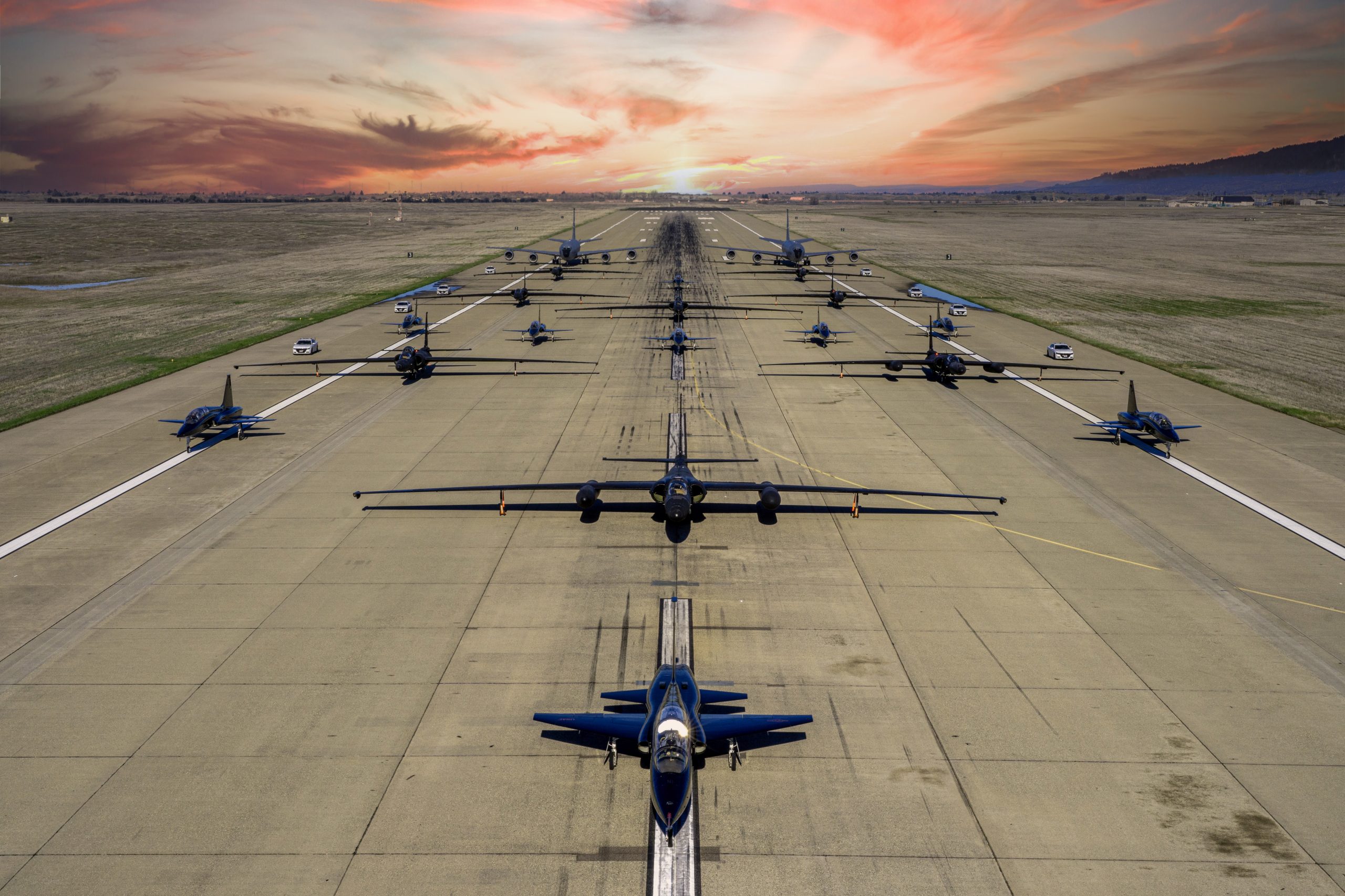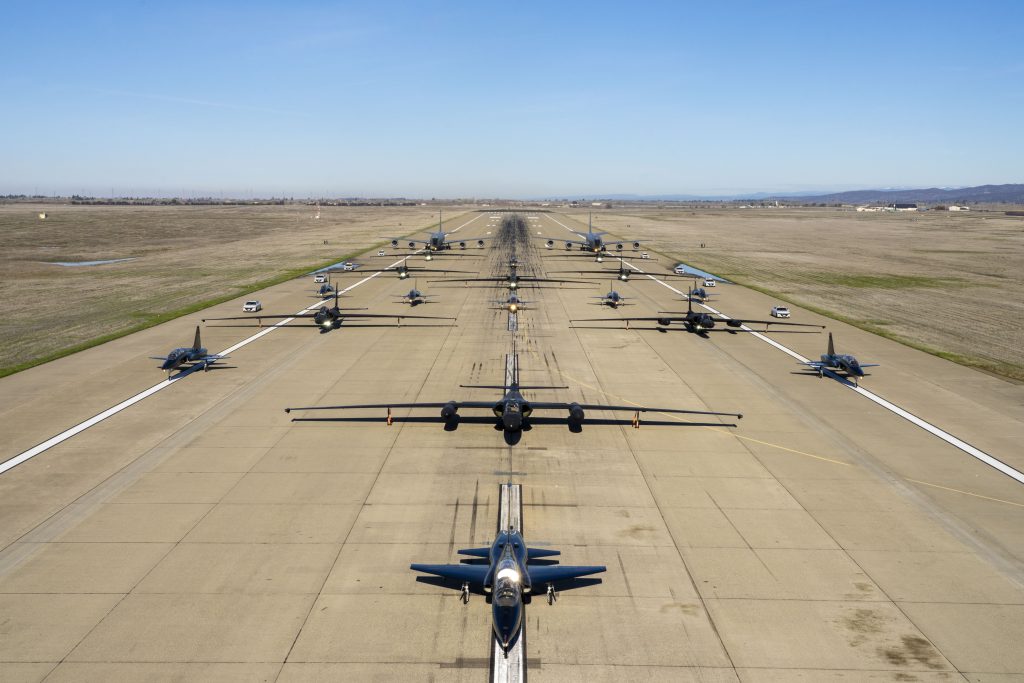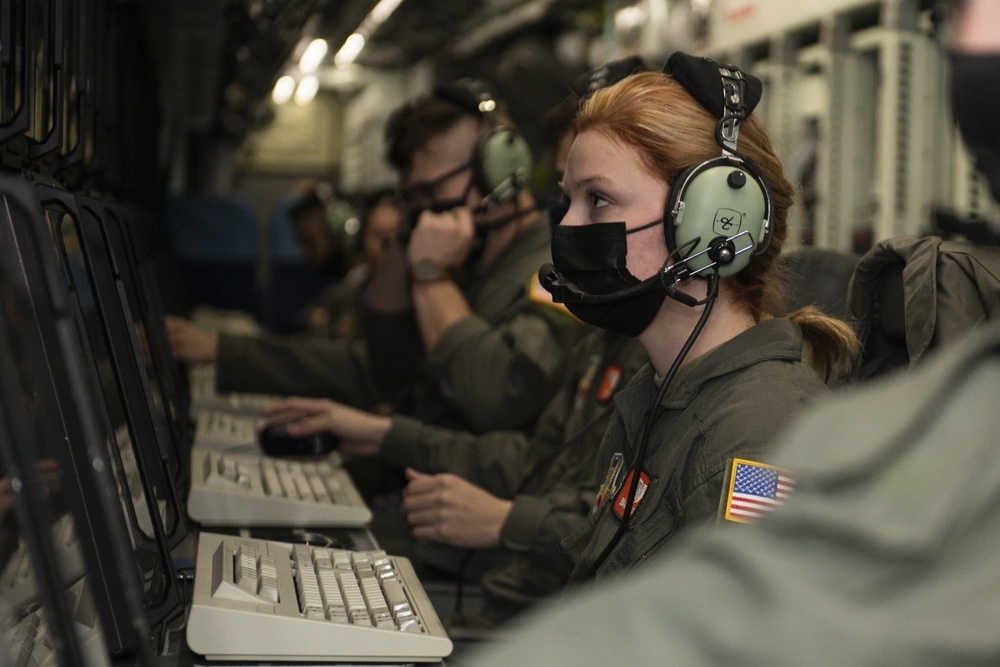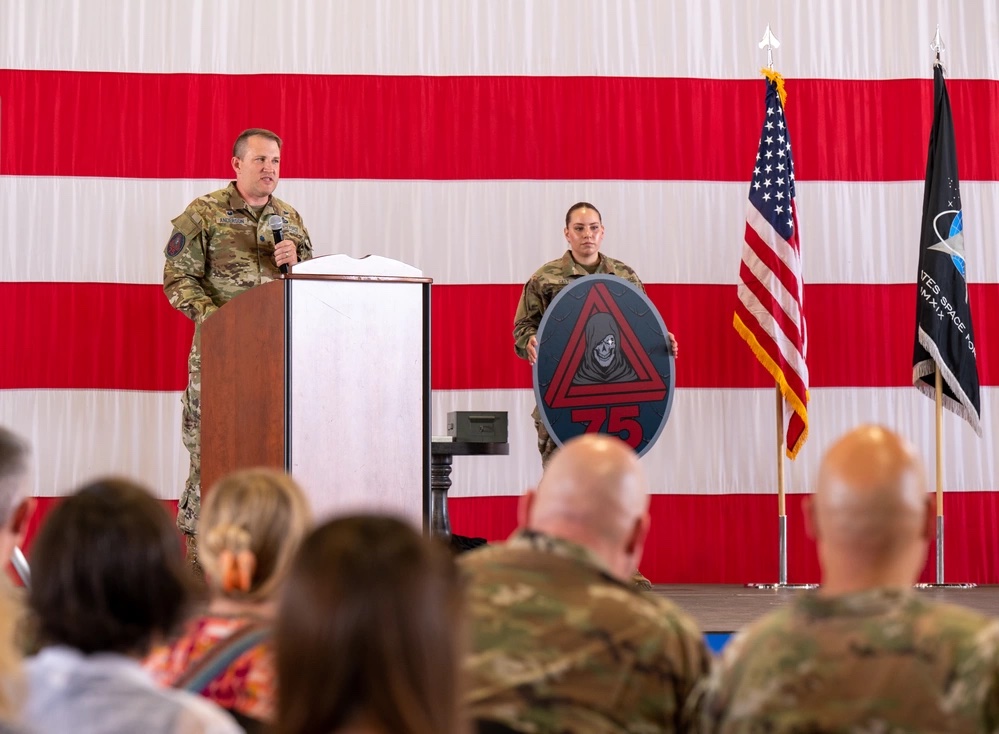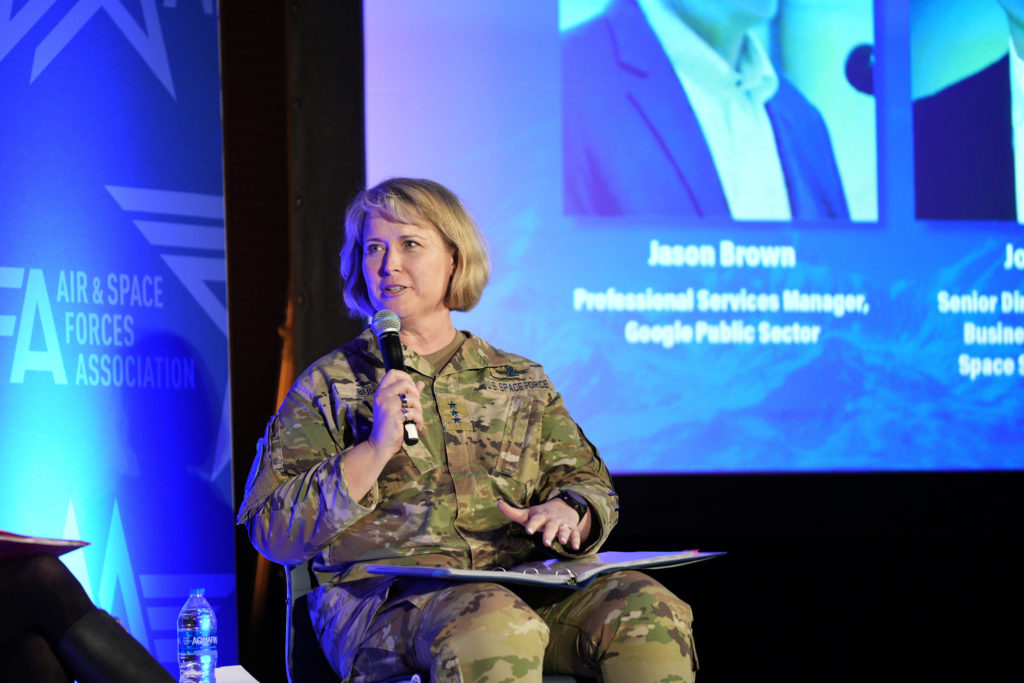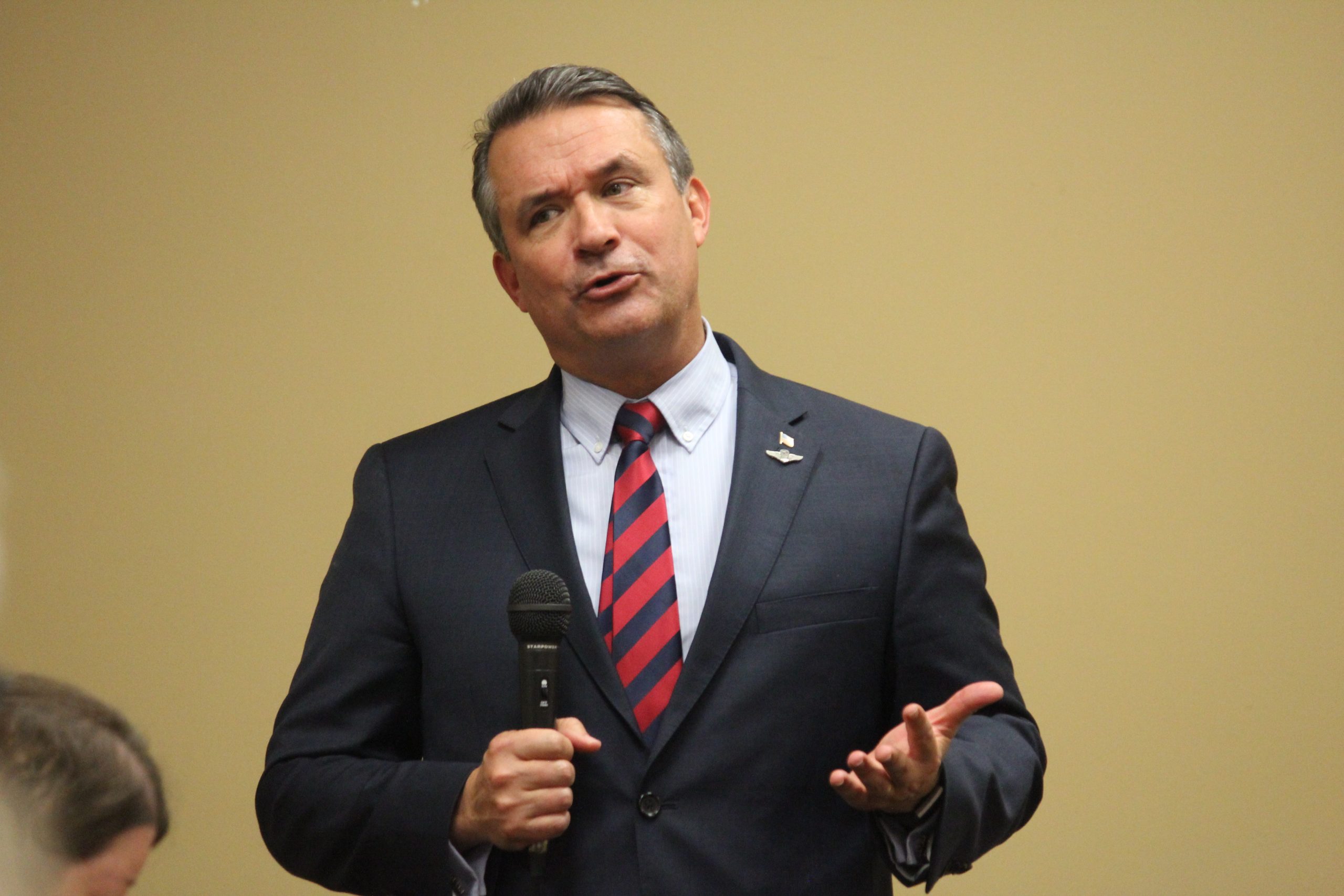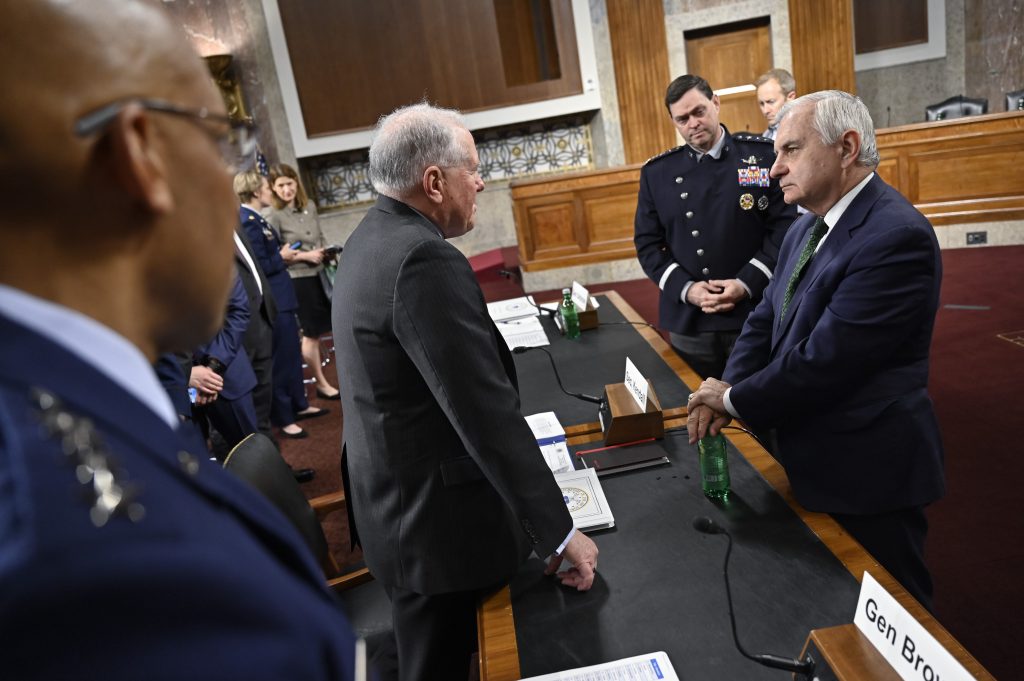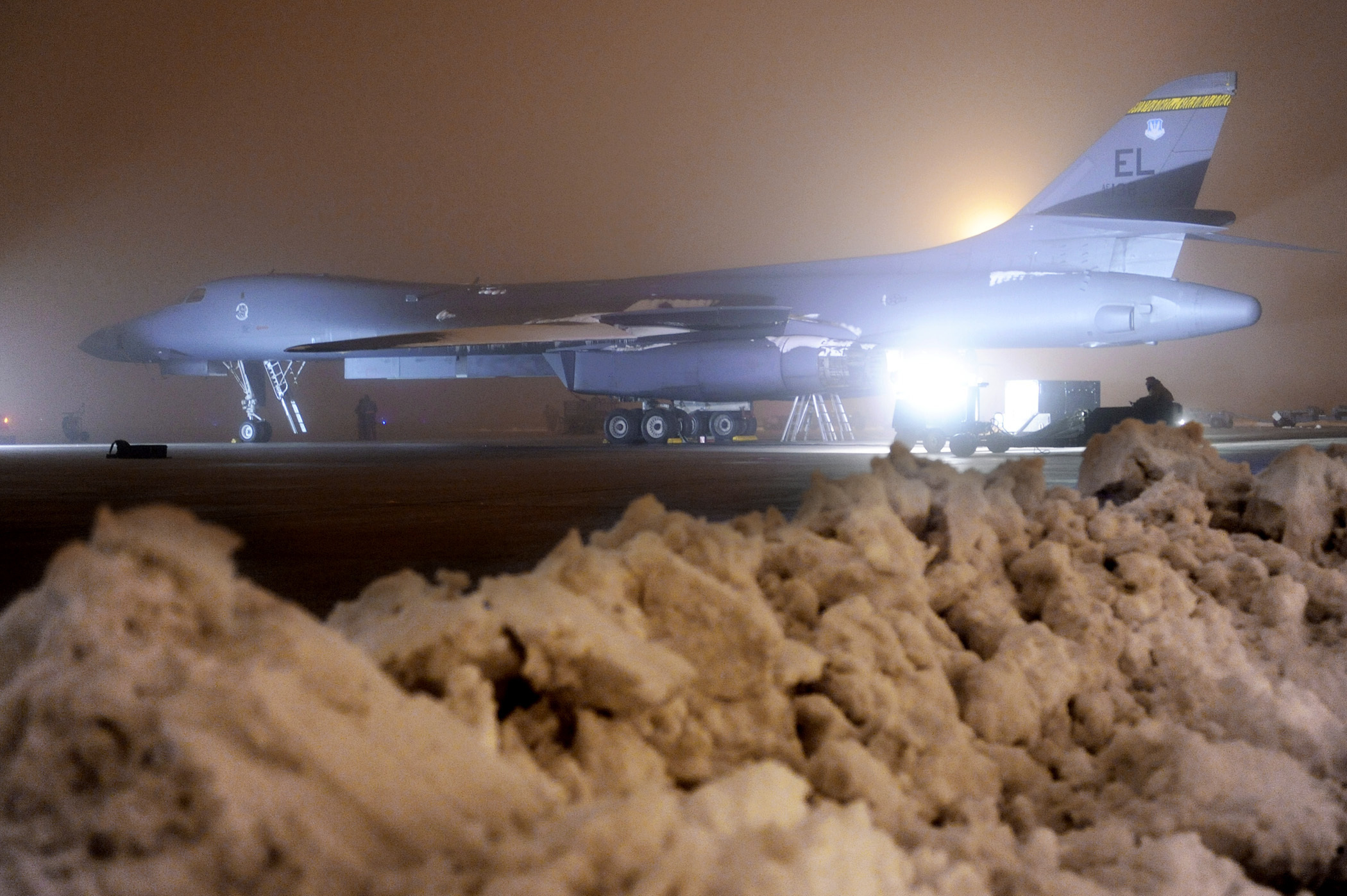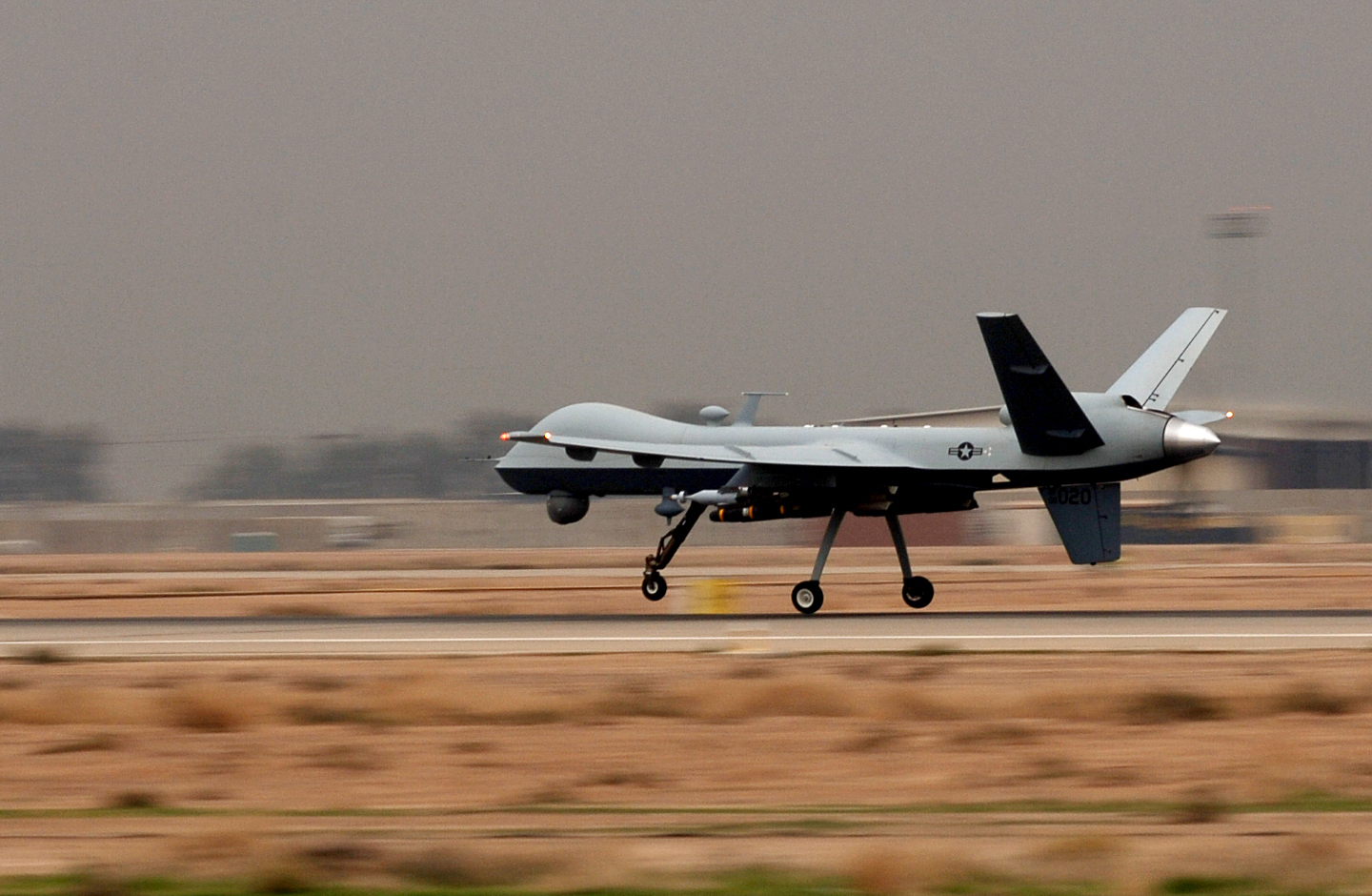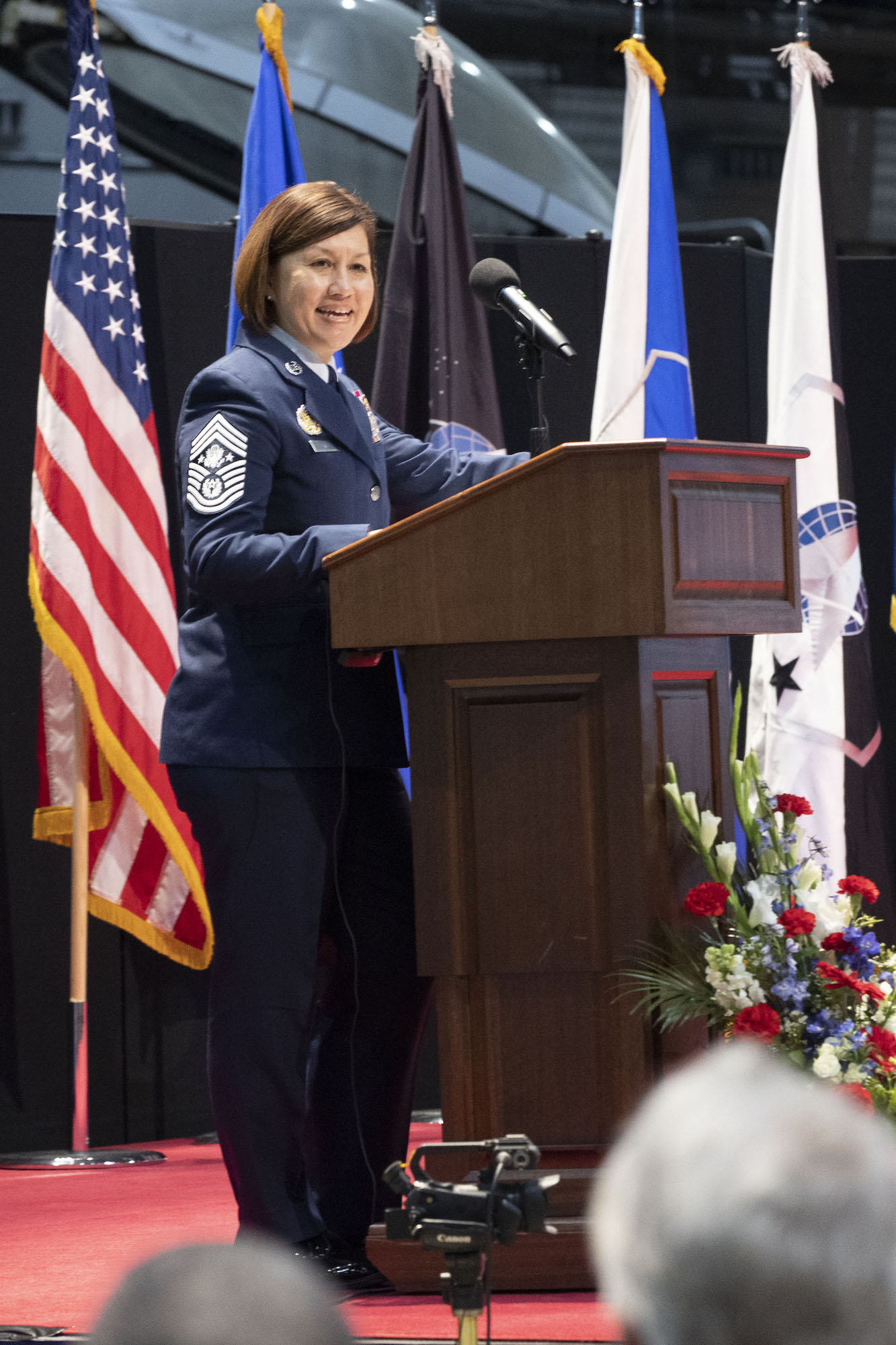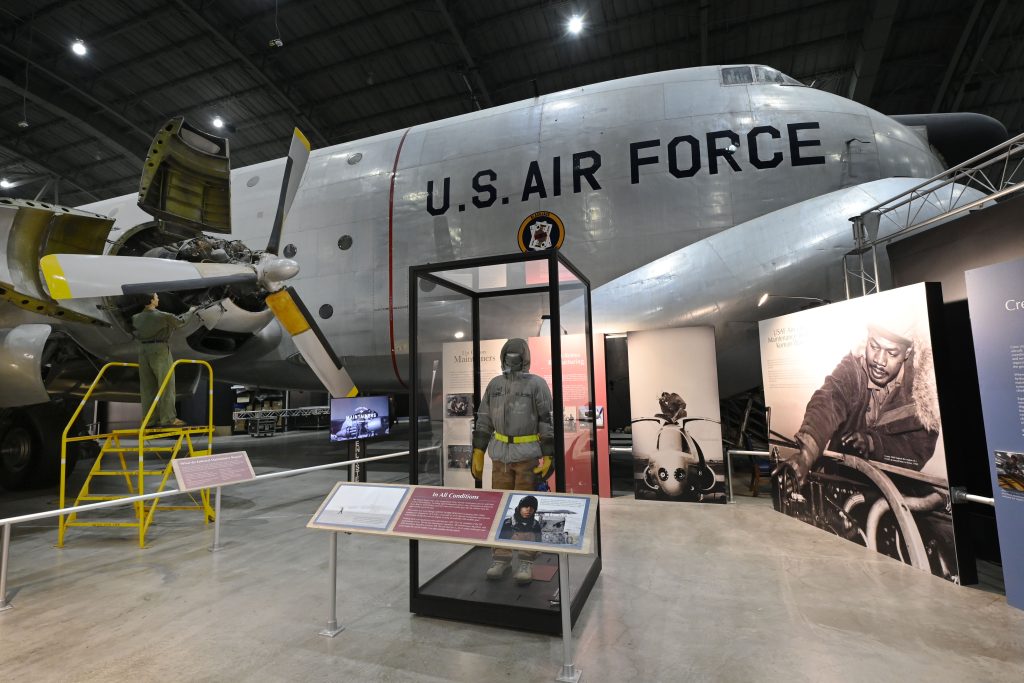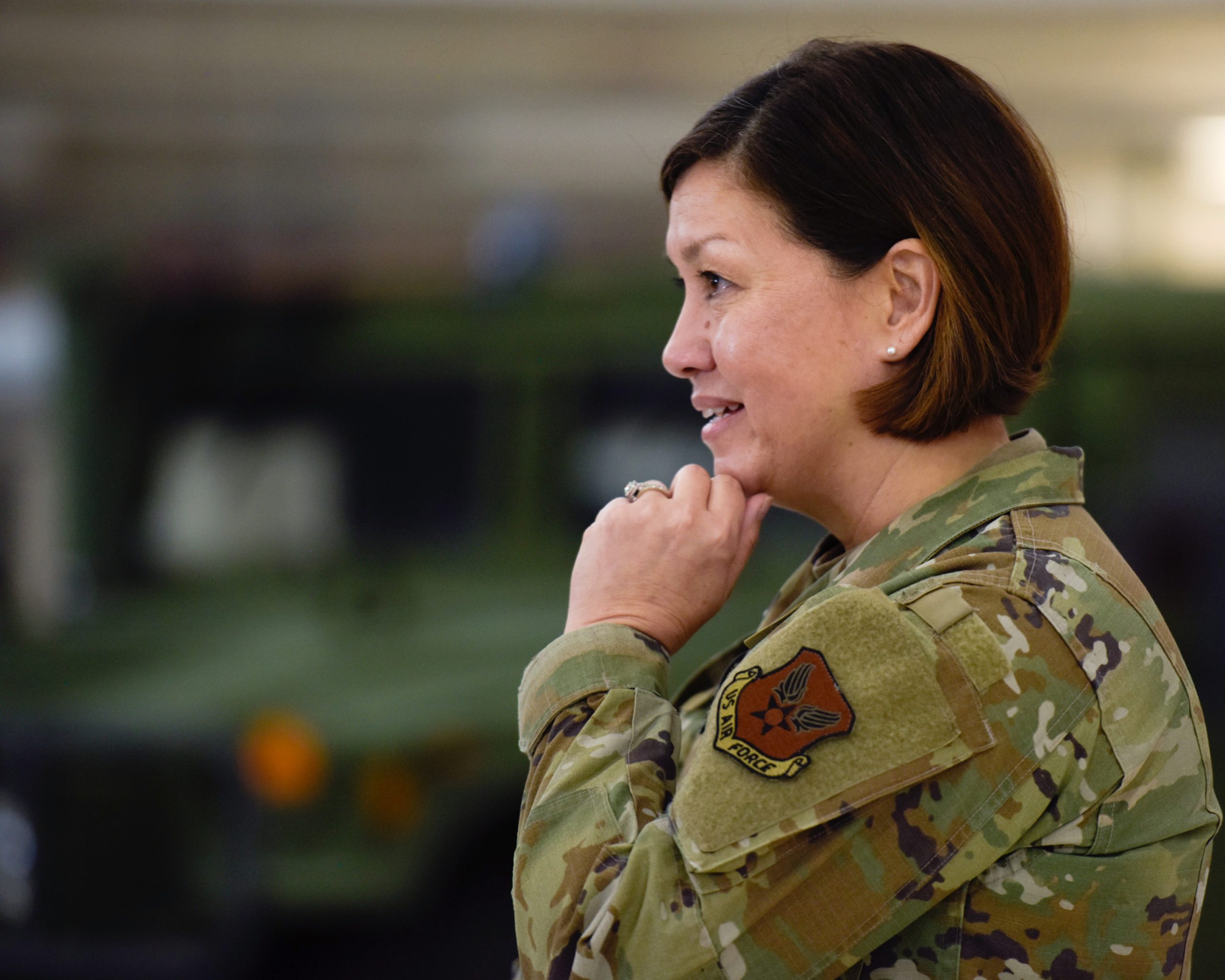The Space Force held its first-ever “Red Skies” exercise last month—48 years after the first-ever Air Force “Red Flag”—simulating orbital combat and putting Guardians to the test.
Red Skies ran Dec. 11-15, challenging Guardians with simulated space threats in an exercise that was two years in the making, according to Space Training and Readiness Command leaders. Some 45 Guardians from Deltas 2, 3, 7, 9, and 11 participated, said lead planner Capt. DeShawna Moore.
Lt. Col. Scott Nakatani, commander of the 392nd Combat Training Squadron, which led the exercise, told Air & Space Forces Magazine that the Space Force is no different than any other service trying to compete in its area of responsibility. “How do these systems respond? And what are the limits of their performance?” he said, explaining that the next step is more difficult: “Trying to survive when someone’s trying to destroy you.”
The exercise builds on the concepts proven over half a century at Air Force Red Flag exercises, where fighter pilots are challenged to survive under extreme pressure. “So just like a fighter pilot on the range out at Nellis flying at Red Flag, now here we are working on building up those same skill sets—the survivability skill sets, pursuing the mission through contested and dangerous environments, against observed and validated adversary tactics.”
Chief of Space Operations Gen. B. Chance Saltzman frequently calls for Guardians to get more opportunities to work on operational concepts and tactics, techniques, and procedures. Two years, ago, then-STARCOM commander Brig. Gen. Shawn N. Bratton said in January 2022 that he aimed to expand on the Space Force’s flagship “Space Flag” exercise, which “tried to be everything to everybody,” he said at the time.
USSF hosted “Black Skies” exercises focused on electronic warfare before holding “Red Skies,” and plans call for another exercise, “Blue Skies,” to focus on cyber warfare.
Brig. Gen. Todd Moore, STARCOM’s deputy commander, said the plans add to Guardians’ experience. “We have been increasing the number of exercises and trying to increase the number of venues where we’re able to give the Guardians access to scenarios to really train against an aggressor force.”
While details on the scenarios and threats Guardians faced in Red Skies remain classified, Nakatani said the exercise sought to develop tactics and procedures to protect U.S. satellites while taking into the account the cost of burning satellites’ limited fuel supplies.
“Just like an air crew is trying to communicate to this controller back on the ground, how did the space crew flying the satellite deal with their command and control and obey so they can use their fuel budget judiciously and still achieve their objectives?” he said.
The results were encouraging, Capt. Moore reported.
“I would say my favorite portion of the scenario in general was seeing the integration between the different [teams] and how we tackle those types of challenges innovatively in order to have mission success,” Capt. Moore said.
This exercise was a simulation, but officials said they hope future Red Skies will incorporate live on-orbit assets.
“I’d love to see some real maneuvers performed, perhaps with a test asset, perhaps with a residual capability,” Nakatani said. “When I think about what’s real, and what’s exercise, there’s always a nuanced piece too. Going through your entire communications structure, I do think there are [things] on real systems that just can’t be replicated in terms of readiness.”
Plans call for the next Red Skies in fiscal 2025, Nakatani said, after which Brig. Gen. Moore said he hopes to increase the exercise’s frequency and complexity.
“I genuinely believe we need to be able to replicate Red Skies no less than quarterly,” Moore said. “ The [other] place I’d take it is increased complexity. And when I need by increased complexity is making it a truly multi-domain in timing and tactics and command and control. Really having that increase in the complexity of what we’re doing across domains, I think is really important.”

